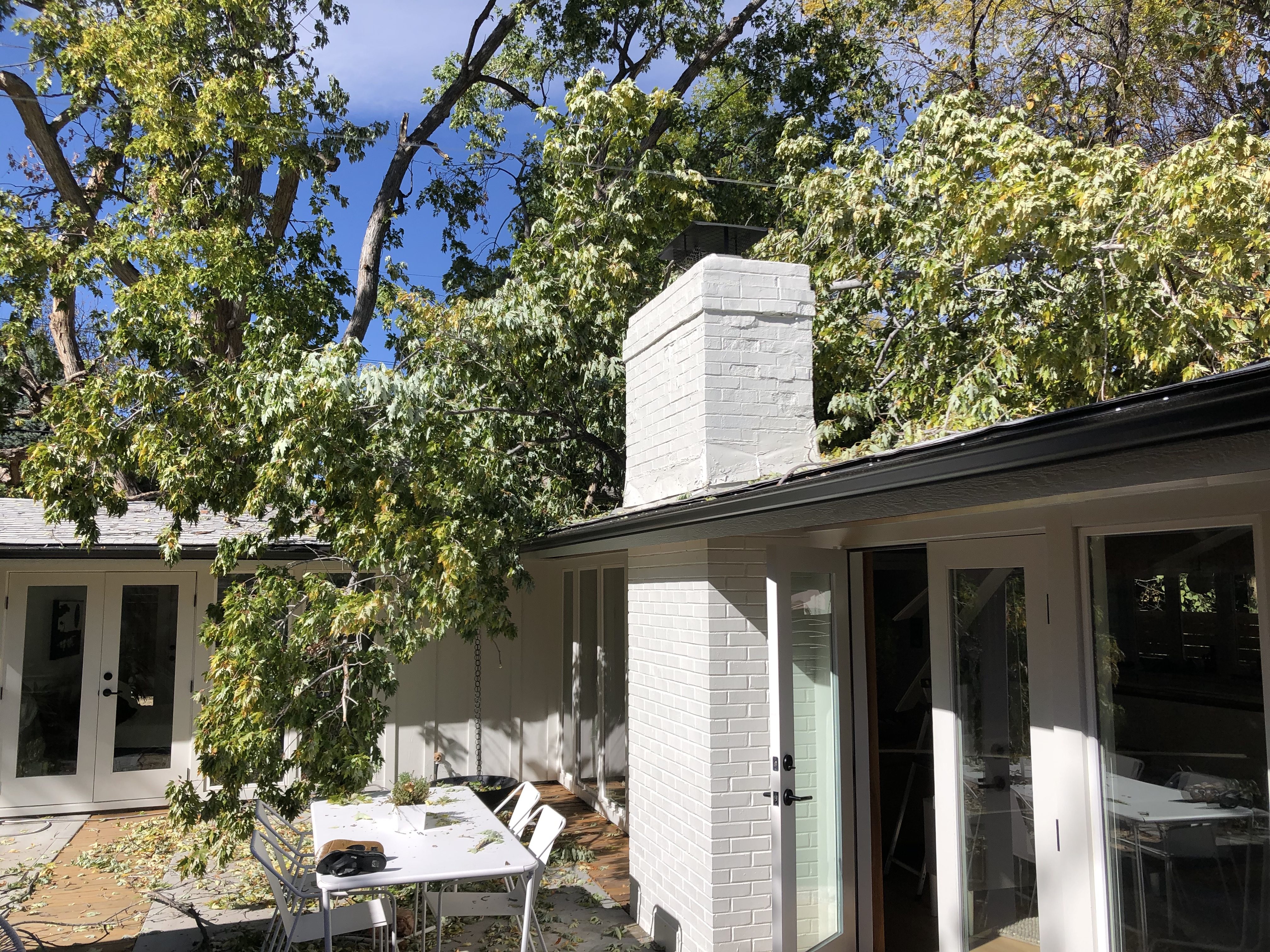A naturally-forming, fibrous mineral, asbestos was used widely in construction from 1946 to 1980 due to its heat resistance, strength and affordability. As a result, asbestos is relatively common problem in mid-century homes like Nistler and Leddy’s 1955 abode. Fortunately, asbestos is harmless when left undisturbed so it’s most often encountered in controlled situations, like when considering a significant remodel, and can be removed without issue.
However, in Nistler and Leddy’s case, airborne asbestos fibers had been pushed all over their home, leaving only one option: asbestos abatement. During abatement, the exposed area is sealed off and asbestos is removed from the air and hard surfaces, such as walls, countertops, and wood furniture. However, once asbestos lands on soft materials or touches anything with a grill or intake (like appliances or electronics), it is impossible to remove. Therefore, the whole item is placed in a sealed bag and disposed of by asbestos professionals. “So any furniture, clothes, or any sort of textural element had to be completely destroyed,” explains Nislter, along with all their appliances, electronics, and even their fireplace. In the end, Nistler estimates that they lost around 80-90% of all the physical contents of their home.




